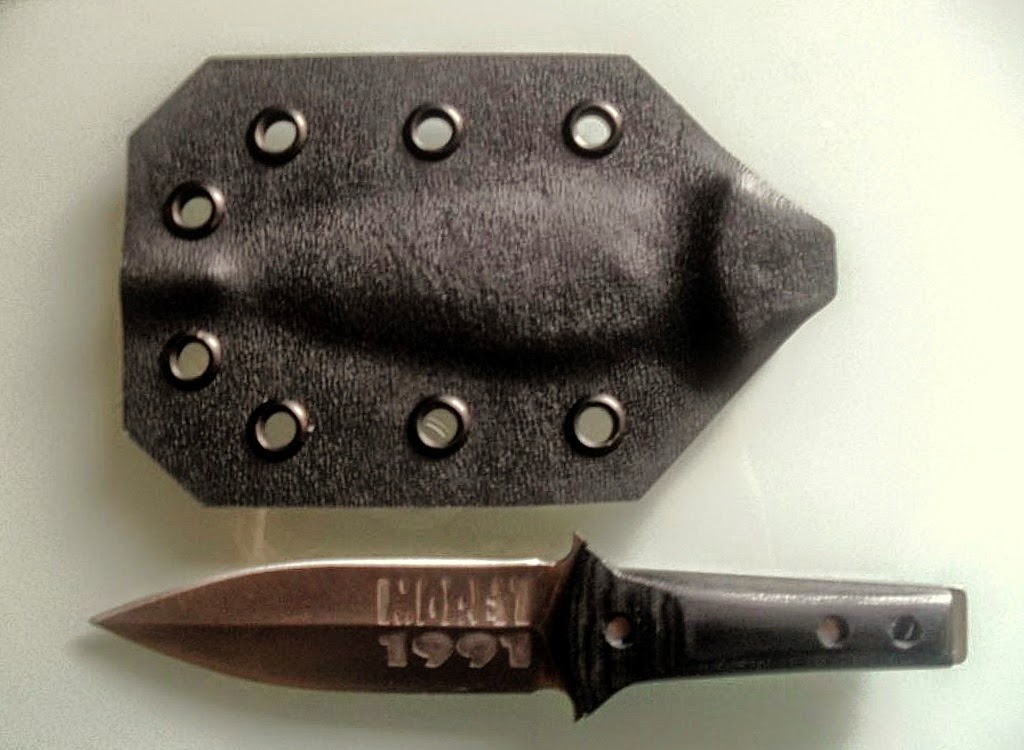Here are a few of my templates, most I've used, some I haven't. Please feel free to use them to make knives. Most are just sketches, so don't expect a lot of precision. I suggest printing on cardstock, if you're just making one knife, but if you're making a few, I would transfer the template to a piece of wood, or Plexiglass, or whatever you feel best about using, sometimes I'll use a thin piece of mild steel. Each drawing is 8.5" x 11", to fit a standard sheet of printer paper. I would have more templates, but most of the knives I made in the past were simply sketched right onto the piece of steel with a paint pen. As time has passed, I've made more templates by tracing old knives, or even photos of knives that I no longer have. Check out my Custom Knives post
HERE, to see the actual knives.
 |
| These are my most recent sharpfinger sketches. I keep coming back to (and modifying) this design, because it works so well in almost every situation. The most practical size is the smallest. |
 |
| I have not used this template, yet, but it should make a nice knife. The dimensions are fairly standard. |
 |
| At this time, I have not made a knife from this template. It's just a basic study in goemetry. |
 |
| This template was made after I made the first knife, which is on my "Custom Knives" post. |
 |
| This template was made after I'd made quite a few of these. The first knife was made by sketching onto a piece of steel, then before I put the handle scales on, I traced the shape onto a piece of mild steel. |
 |
The main inspiration for the Bowie knife seen in the movie Iron Mistress. Definitely much closer to the
original Bowie knife than most.
|









































